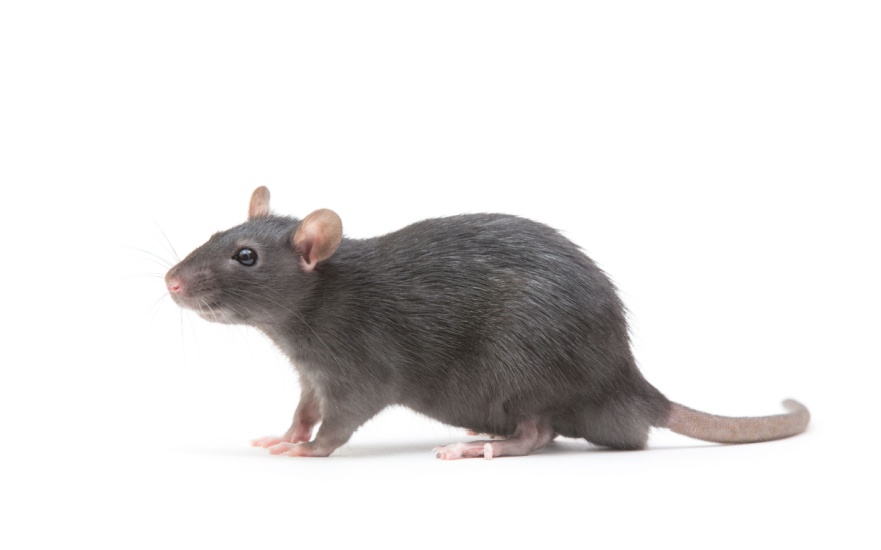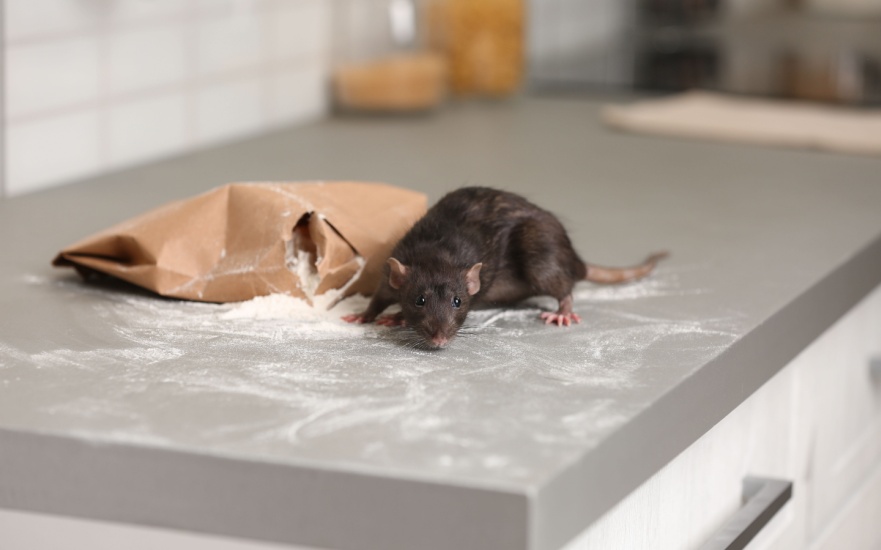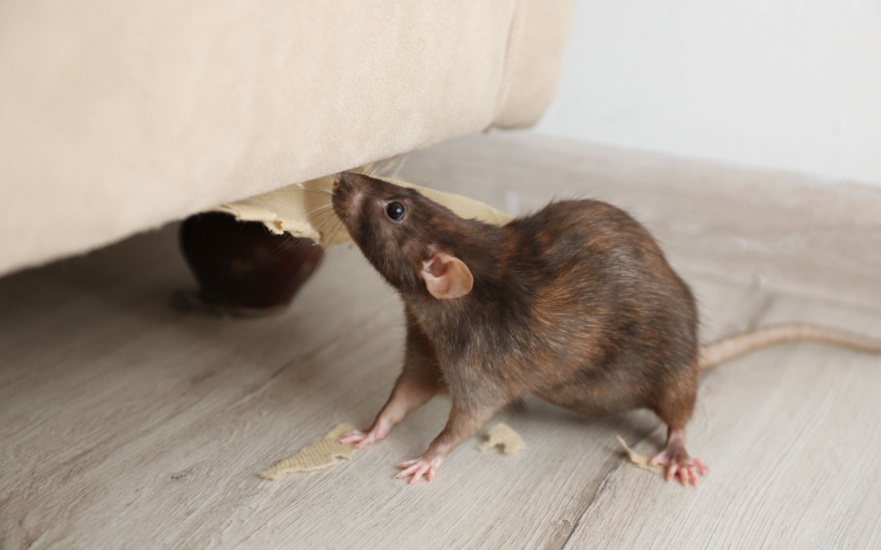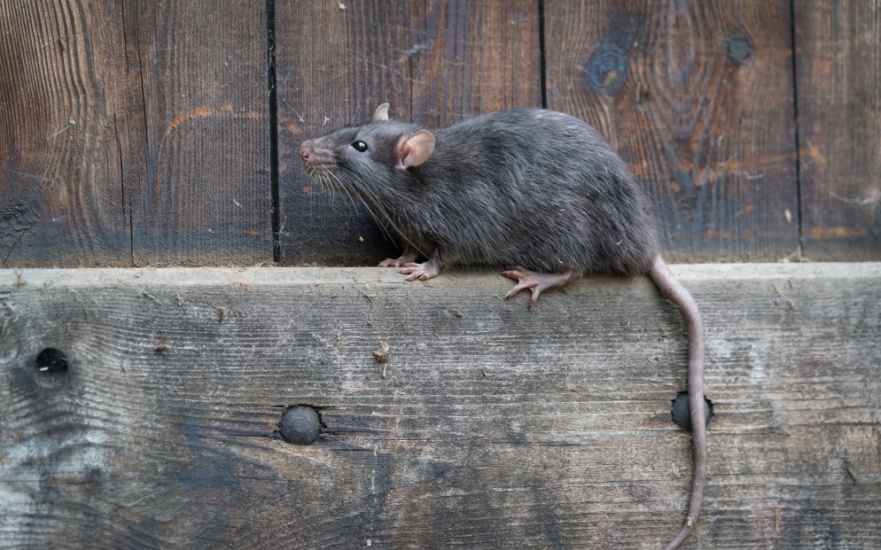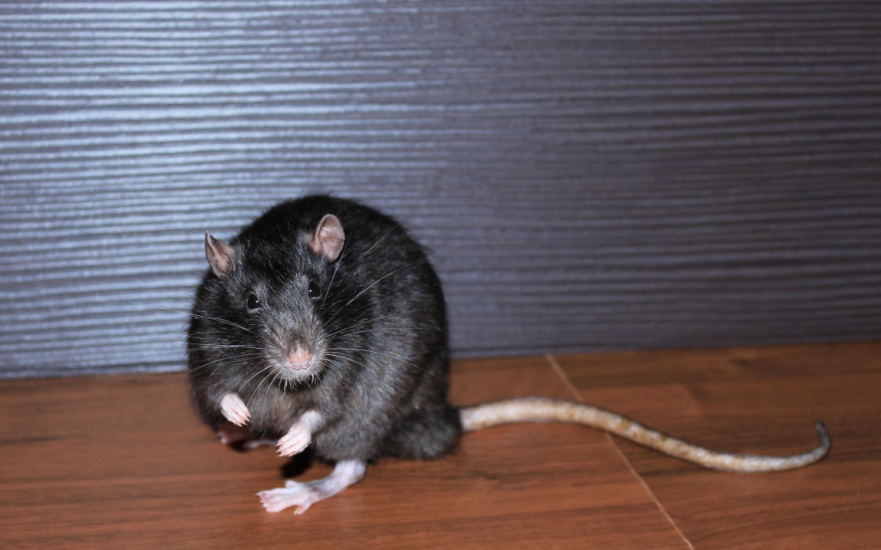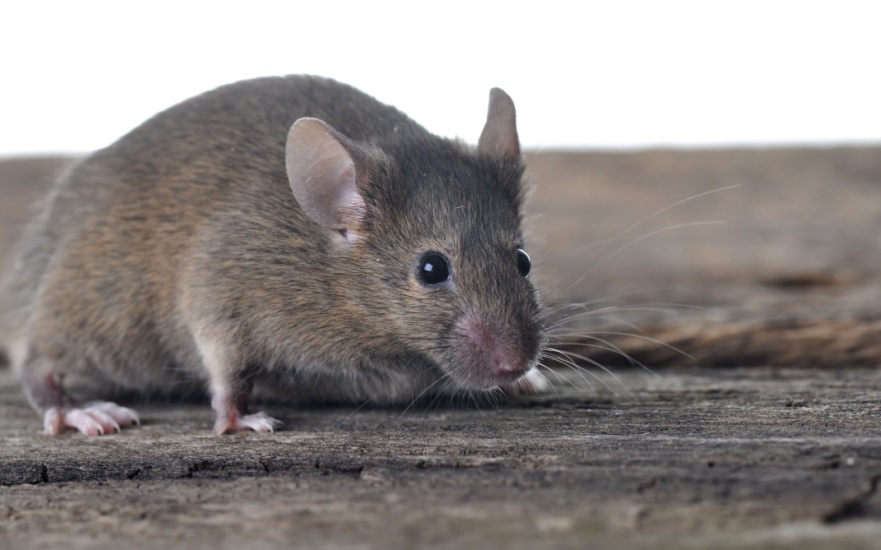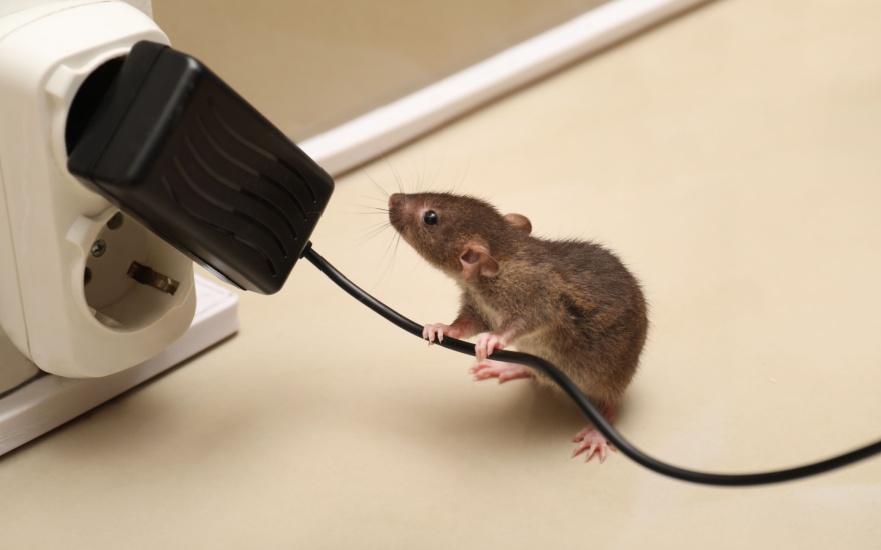Finding the Best Rodent Exterminators in Dallas, TX
Dealing with rodents needs reliable services. In Dallas, finding top rodent exterminators is key. They protect homes and businesses. At Vinx Pest Control, we find trusted experts with proven methods. Dealing with a rodent infestation is a situation that no homeowner wants to face. When mice or rats invade your home, they can pose health […]
read more


